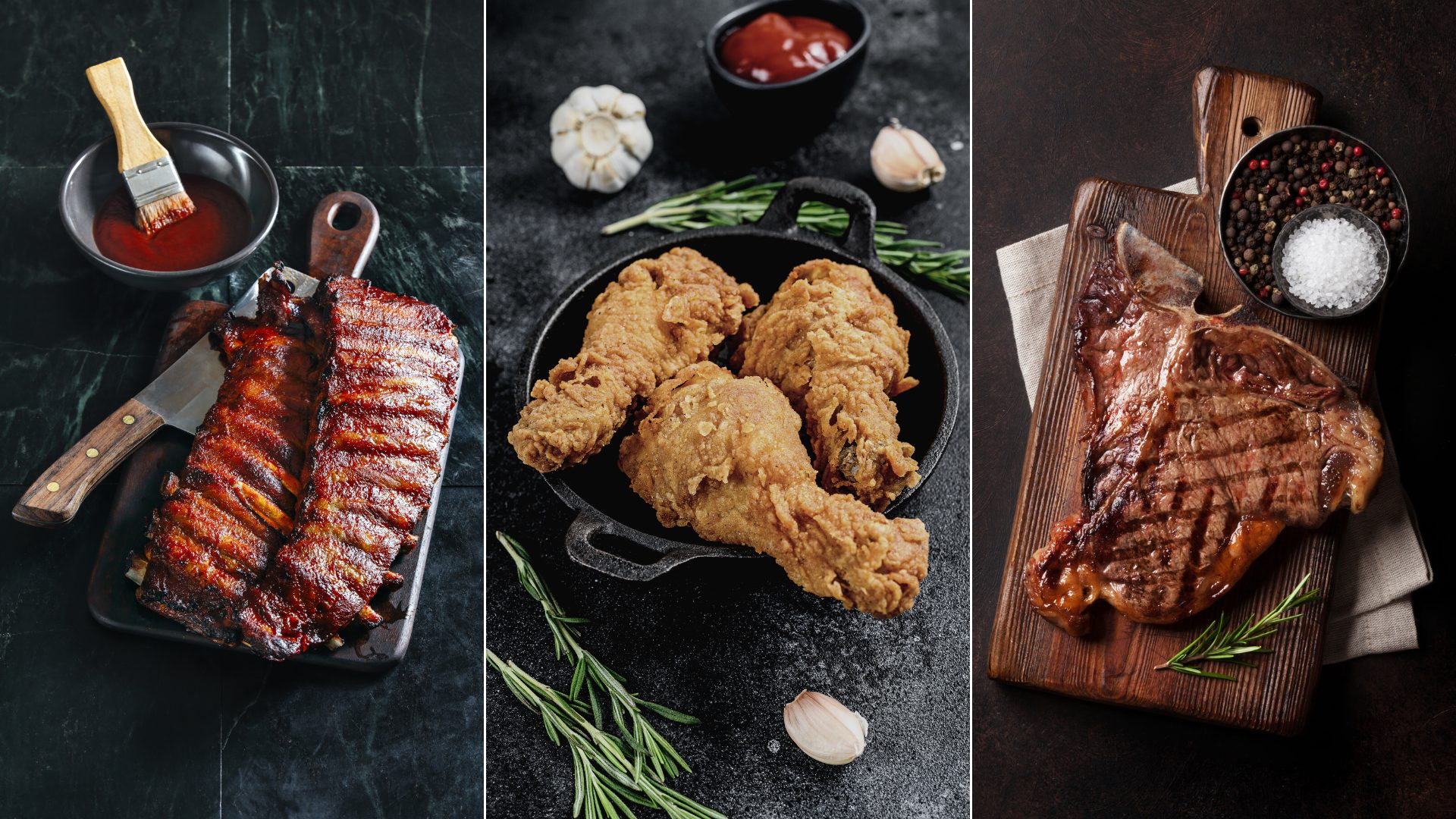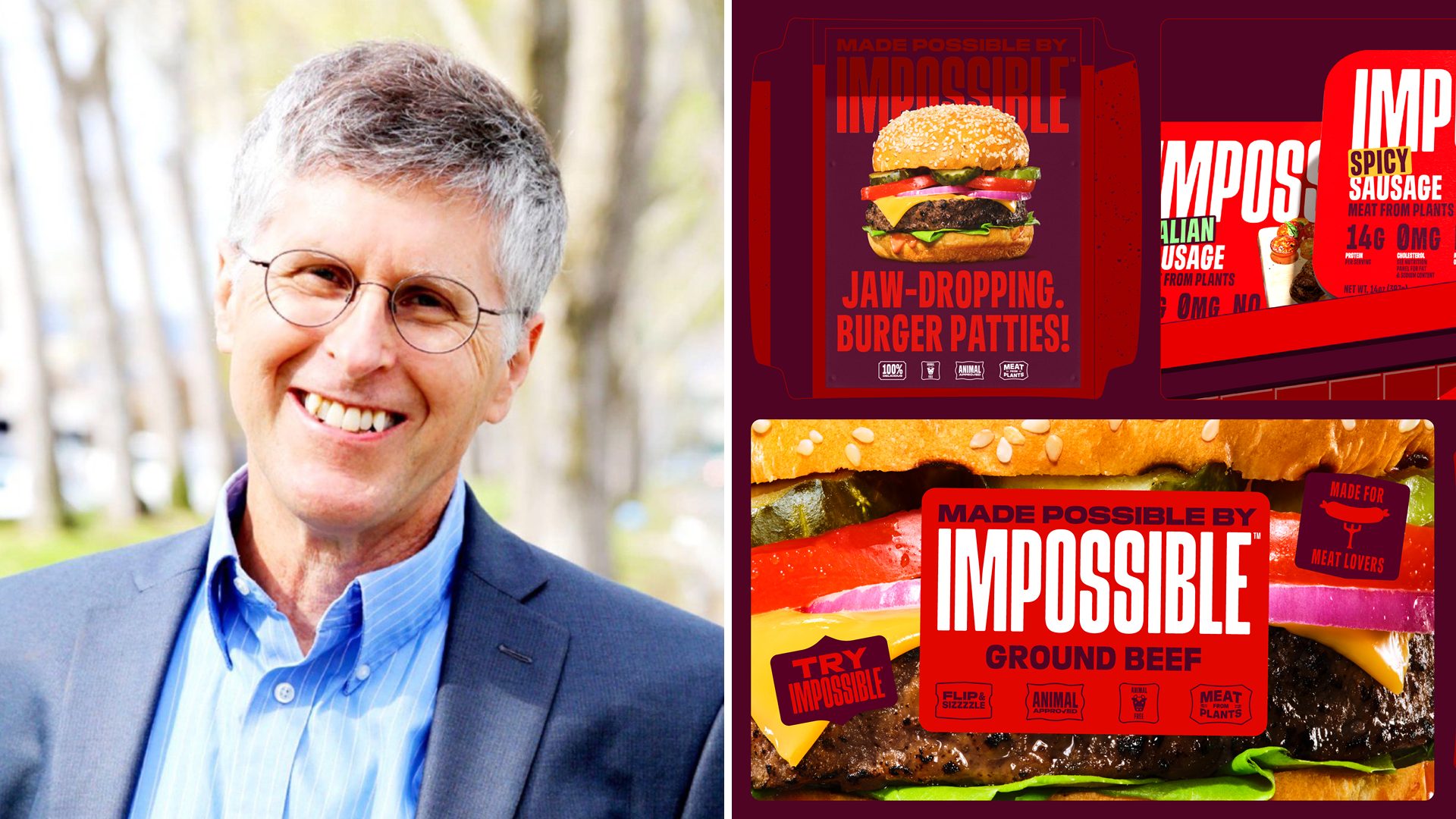The $1.03 billion alt-meat market experienced sharp declines in dollar sales after peaking in 2018 and 2019, which experts have attributed to a combination of factors, including industry consolidation, market oversaturation, and hefty price gaps between meat alternatives and standard products.
Things appear to be looking up in some respects, however, according to Chris DuBois, executive vice president, perimeter practice leader for Circana.
“We’re starting to see the beginning of a rebirth for the meat alternative market,” DuBois told The Food Institute.
That said, the frozen side is recovering from the sales slump much faster than fresh – but why?
Retracing the Missteps
DuBois believes that many of the alt-meat market’s woes arose when manufacturers began leaving their comfort zone, AKA the frozen aisle, which is where the heaviest plant-based buyers who account for 75% of its dollar sales do the majority of their grocery shopping.
“What’s happened in the last few years is that many brands have expanded beyond the frozen section and into the meat case, which is a totally different market. In the meat section, the products turn over really quickly,” DuBois told FI.
He distinguished the two markets using the analogy of a high-school track star versus a college runner: One athlete, or market, is much stronger, much faster, and far more likely to win the race.
To put it in perspective, the U.S. meat retail market’s dollar sales amount to around $100 billion every year, making it nearly 100 times larger than the alternative meat sector.
The Future of Frozen Foods
In general, the frozen food sector has been gaining momentum in recent years, which Technavio credits to its alignment with modern sustainability goals and globalization efforts. The tech-research firm expects the market to grow at a CAGR of 8.09% by 2028, which would result in a sales increase of around $150 billion.
“Consumers seek versatility in their frozen food options, including fruits, vegetables, seafood, meats, and catering to various dietary preferences like vegan, paleo, and gluten-free. Health consciousness continues to drive demand for nutritional value and flavorful choices,” according to the press release.
The report also identified that much of this growth has resulted from the growing consumer demand for:
- Single-serving convenience meals
- Lean protein options
- Products with a longer shelf-life
“The convenience factor, coupled with the affordability and versatility of frozen foods, has led to their increasing popularity,” according to Technavio. “Overall, the frozen food market plays a significant role in modern-day food consumption, offering a practical and convenient alternative to traditional food options.”
Growth Opportunities for Meat Alternatives
Although the frozen alternative market continues to outperform the fresh side, plenty of promising opportunities are emerging for both sectors.
According to Circana, both cultivated meat and fermented meat alternatives are two categories that have been gaining traction in recent years and will likely continue to flourish in the foreseeable future.
In addition, DuBois advises alt-meat manufacturers to prioritize delivering value to consumers through high-quality products that have:
- Simple, transparent ingredients
- On-trend and/or global flavors
- Innovative new forms
The Food Institute Podcast
Restaurant results for the second quarter weren’t stellar, but people still need to eat. Are they turning to their refrigerators, or are restaurants still on the menu for consumers? Circana Senior Vice President David Portalatin joined The Food Institute Podcast to discuss the makeup of the current restaurant customer amid a rising trend of home-centricity.












